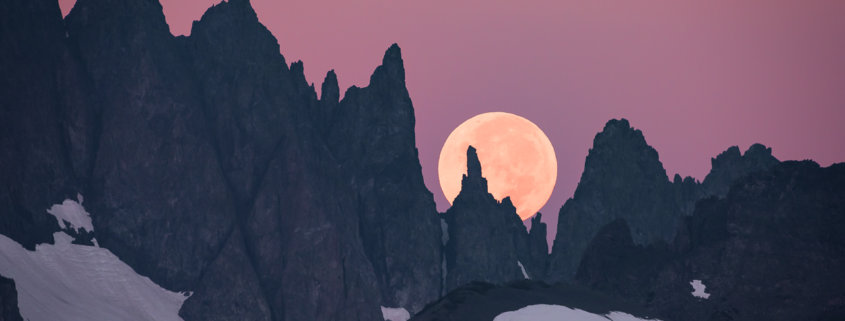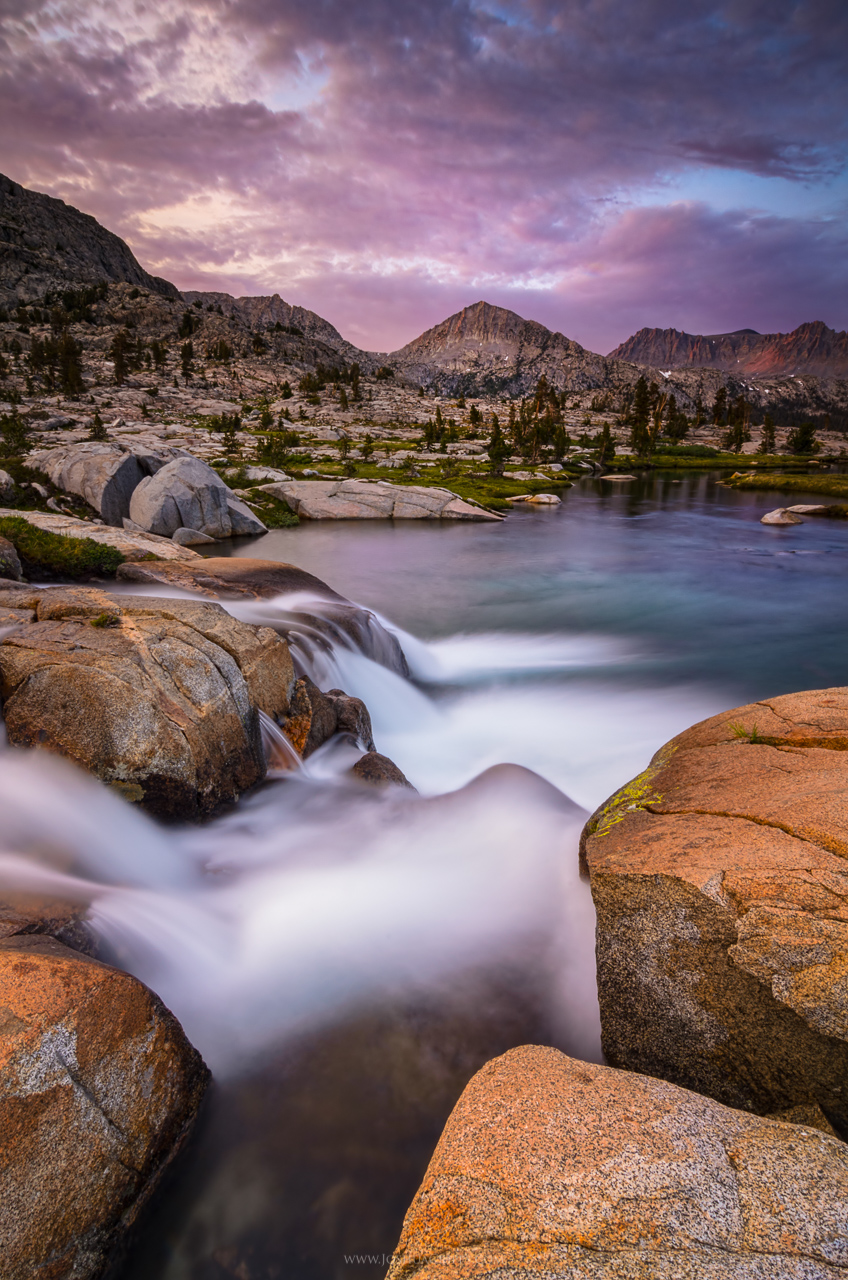Creative Ideas for Photographing Mountains
Mountains provide some of the most photogenic landscapes on the planet. They show the grandeur and drama of Earth, and simultaneously give a sense of soaring beauty and a sense of icy remoteness. Mountains themselves are gargantuan objects which generate their own weather, creating a quality of light unlike any other landscape on Earth. And mountains are full of crags, cliffs, and ridges which lead to endless texture and detail. They truly are some of the most satisfying and beautiful things to photograph.
But because of the size and characteristics of mountains, many photographers shoot these scenes with a similar approach: use a wide angle lens to capture the grandeur of the scene, shoot at sunrise or sunset for the “best” light, and find some kind of a creek, stream, or other foreground object to lead into the scene.
Here are four mountain photos. You can see that despite being visually distinct from each other they all embody that approach.
And though photographing with this approach can be satisfying and result in very beautiful photographs, it also leads to photos that can be somewhat generic looking. And so I’d like to present a few ideas of how you can shake up your mountain landscapes to make them more personal and more unique.
Zoom In
The classic approach to mountain landscapes requires a wide angle lens. But, like I already mentioned, this can lead to impersonal photos. By zooming in with a telephoto lens you can pick out one tiny vignette from the overall scene. This allows you to tell your viewers, “of all the things going on right at this moment, THIS is what I want you to look at. THIS is what I want you to notice.” It’s also unlikely another photographer will notice the exact same little vignette as you, meaning these kinds of shots will be incredibly personal expressions of the scene.
Another problem with the wide angle lens is that it shows your viewer the entire scene explicitly, meaning these kinds of shots often have no mystery or question about them. Without those obvious contextual clues a telephoto shot forces your viewer to contemplate how the photo fits into the larger scene, which helps create a more engaging story for the image.
Use Silhouettes
With the incredible dynamic range of today’s cameras, it’s easy to capture detail throughout your photos in both the highlight and the shadow areas. But this doesn’t necessarily mean you HAVE to show that detail in your final image. In fact, dropping your shadows to pure black can give your photos an elegant simplicity and allow you to call attention to the most important parts of the photo.
Play With Form and Shape
Mountains are incredible not just because they are breathtaking, huge physical objects, but also because of the abstract shapes they can make. With the right combination of light and overlapping ridges, plus a little creative post-processing (think dark and dramatic), mountain landscapes can be reduced to a series of abstract shapes and lines that beckon to your viewer and leave them puzzling out exactly what is happening in the photograph.
Shoot Outside of Magic Hour
Sunrise and sunset are the go-to times for landscape photography because of their soft and colored light. But don’t discount other times of day. Direct sunlight can often lead to vivid colors in the landscape, as well as crepuscular rays in the sky. Back-lighting can bring out incredible drama and atmosphere. Shooting after dark brings the beauty of the night sky into your photos. And even super harsh light can create the ideal conditions for high-contrast black and white photographs.
I hope this article has spurred your creativity and given you a few new ideas about how to approach mountain landscapes in the future. Any other great ways to be creative in your landscape photography? Let me know in the comments!

























